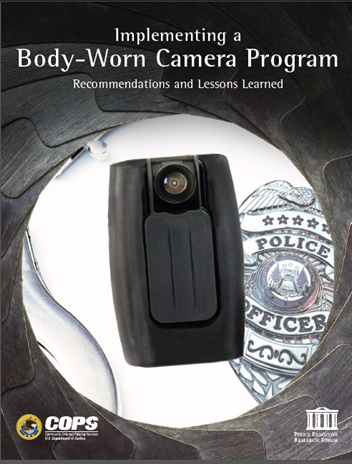BWC's and Suspects of Inmate Partner Violence
It is generally precieved that the benefits of BWCs include the ability to increase transparency and police legitimacy, improve behavior among both police officers and citizens, and reduce citizen complaints and police use of force. Less established in the literature, however, is the value of BWCs to aid in the arrest, prosecution, and conviction of intimate partner violence (IPV) offenders.This article examines the effect of pre- and post-camera deployment on a number of outcomes related to arrest, prosecution, and conviction of intimate partner violence offenders.



